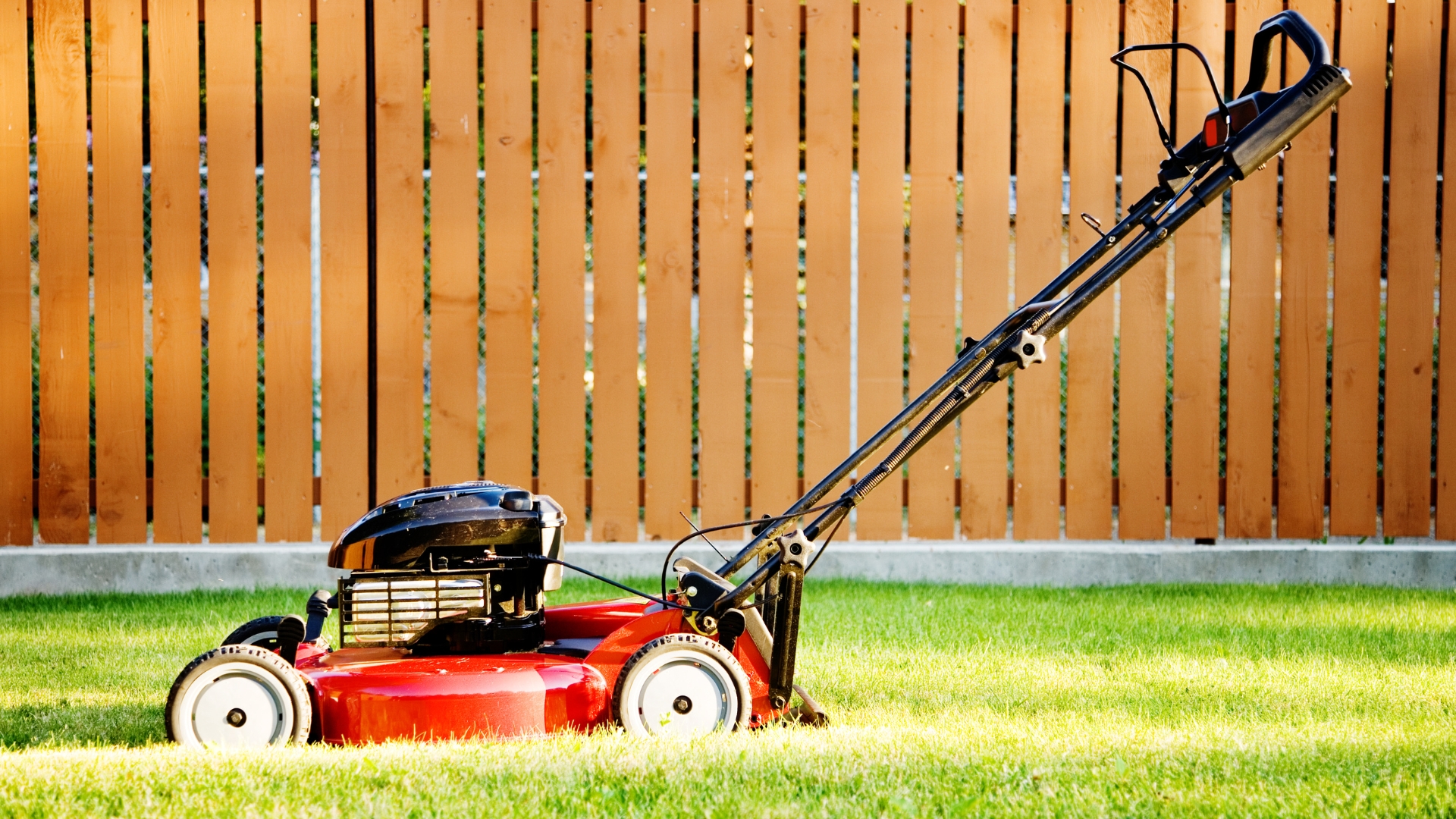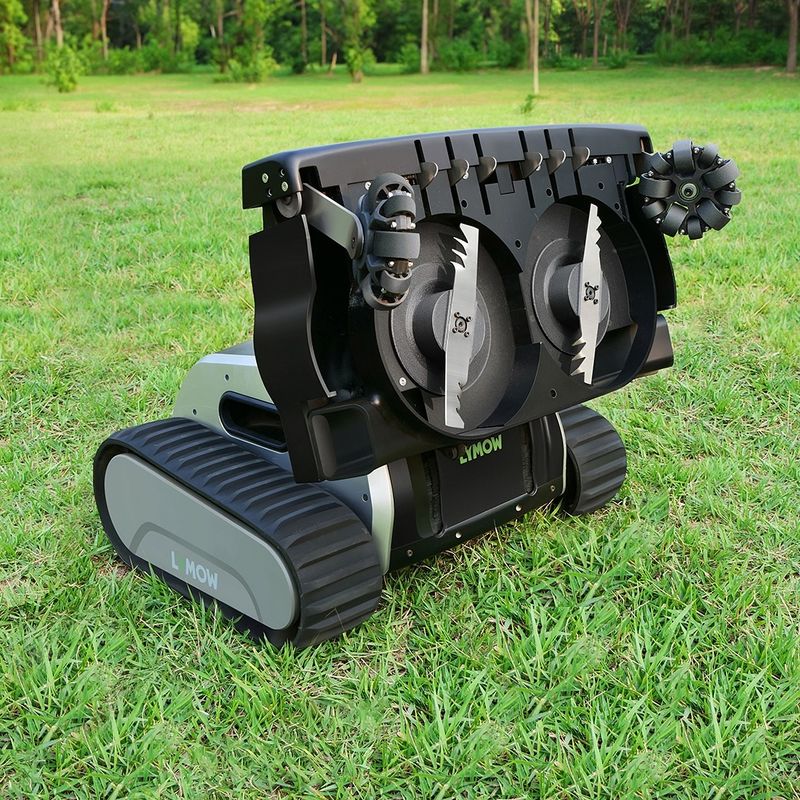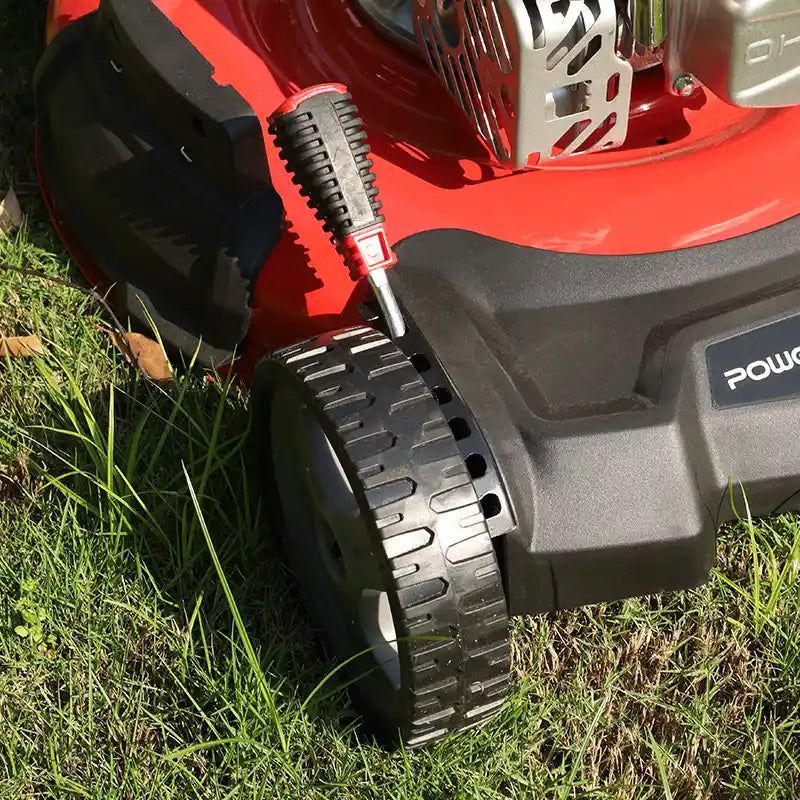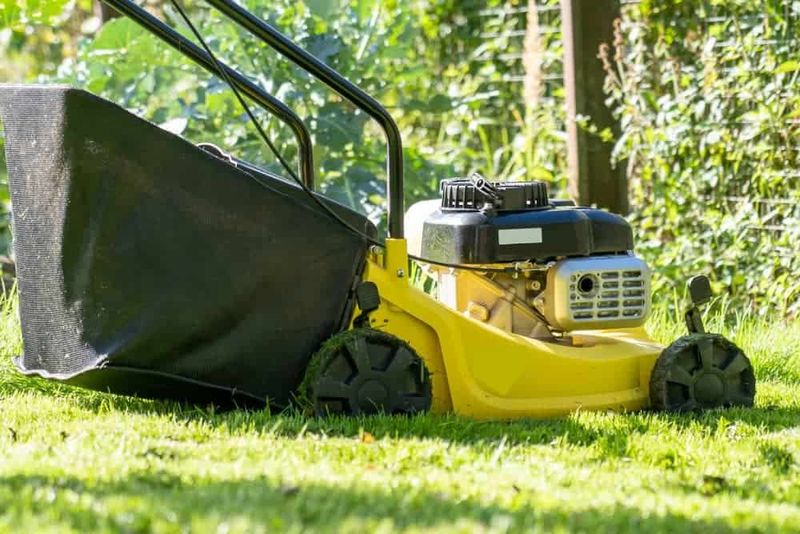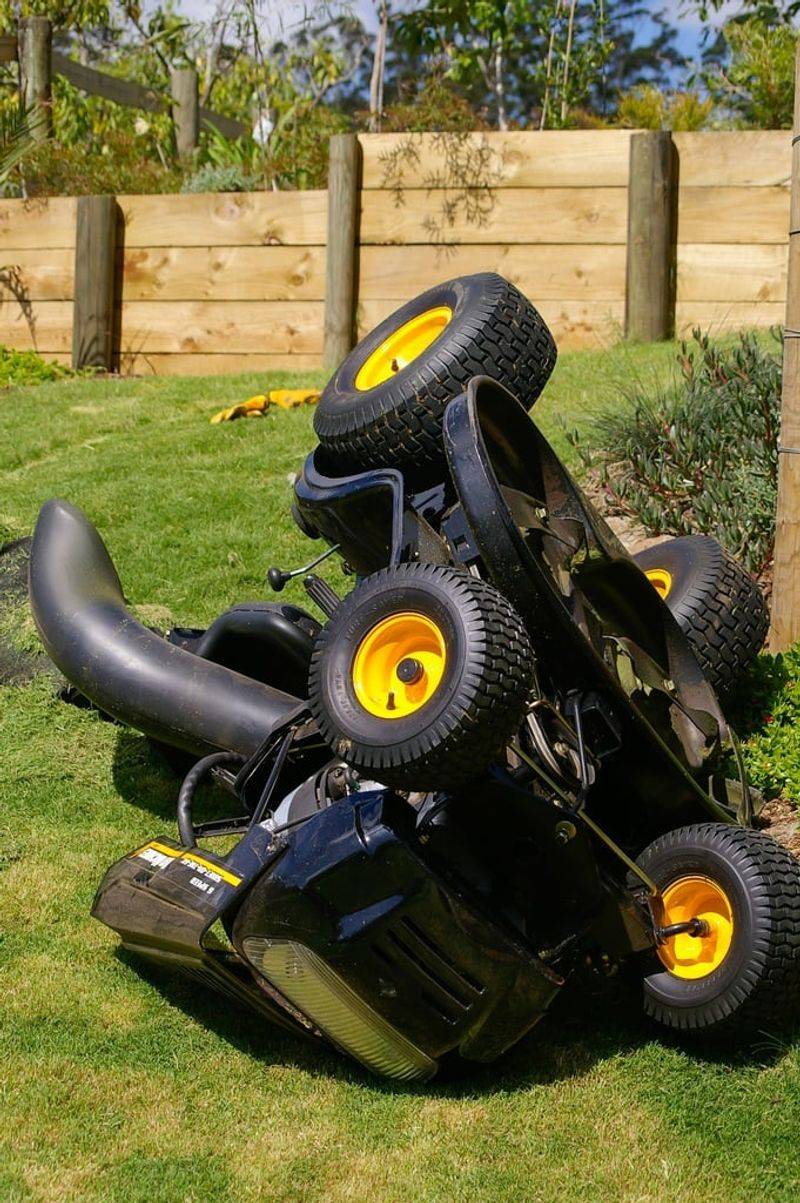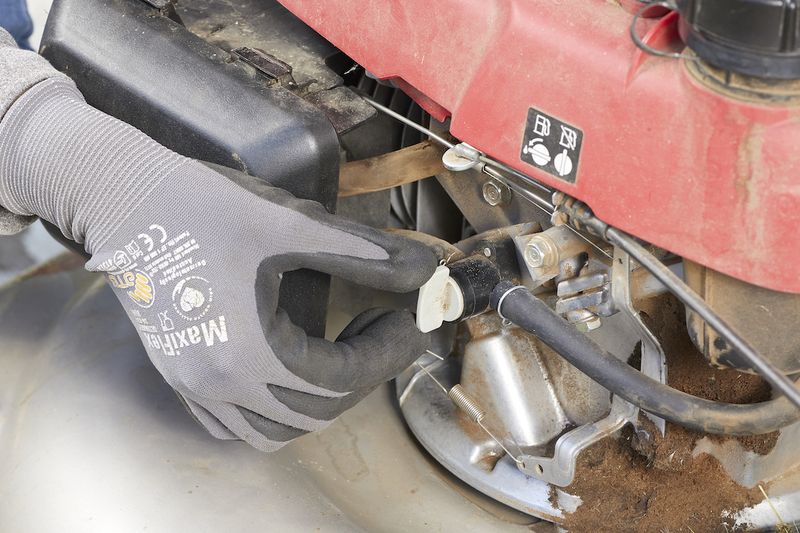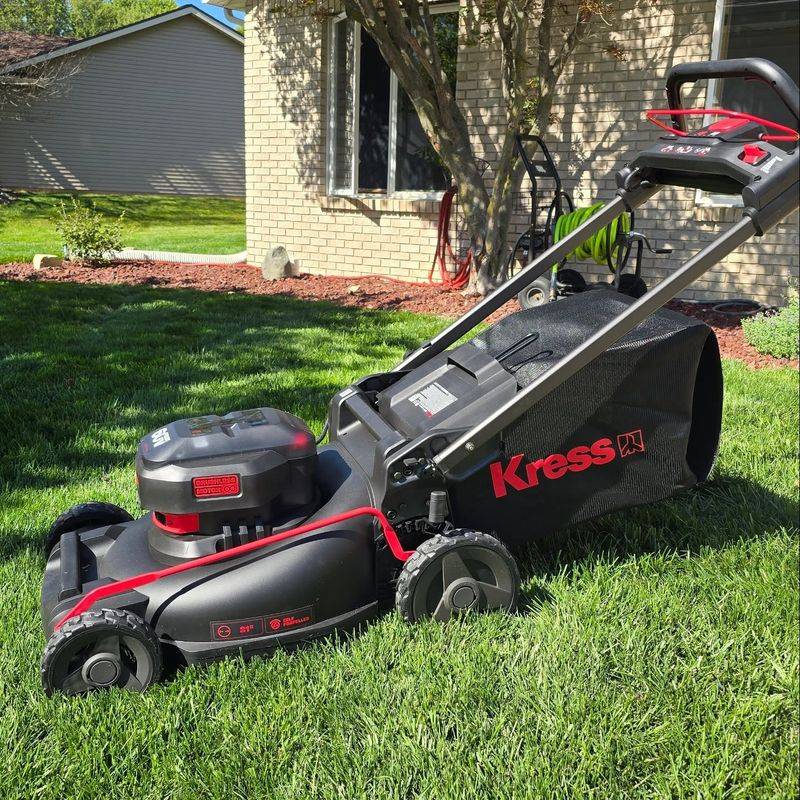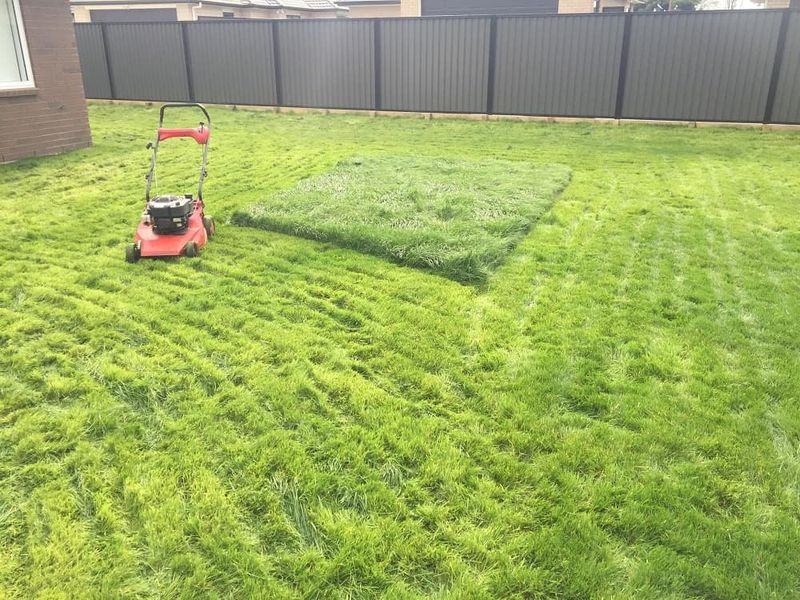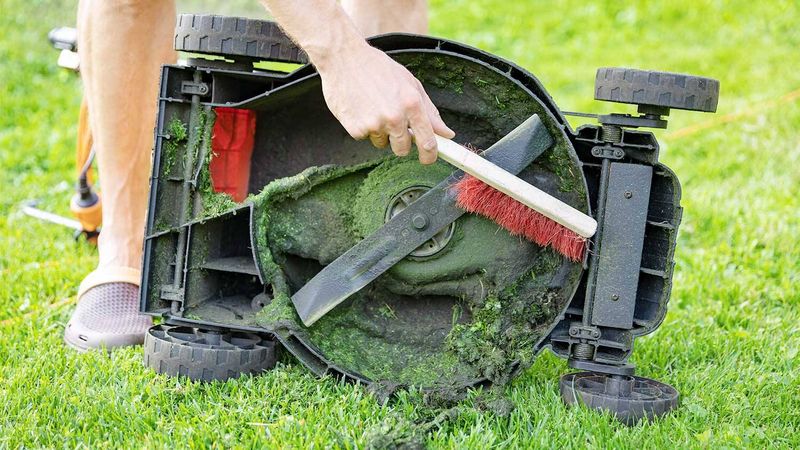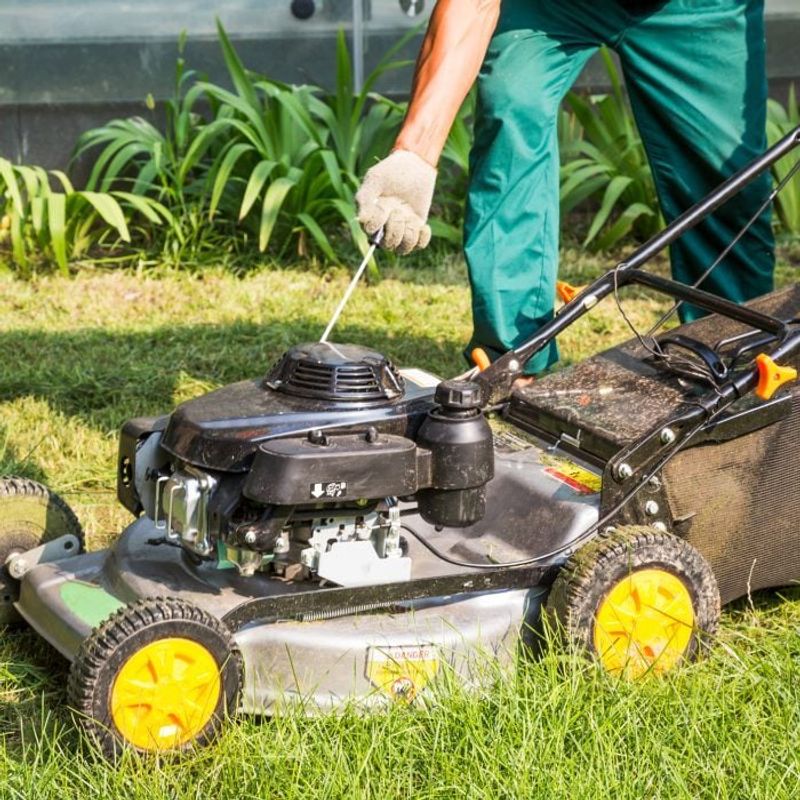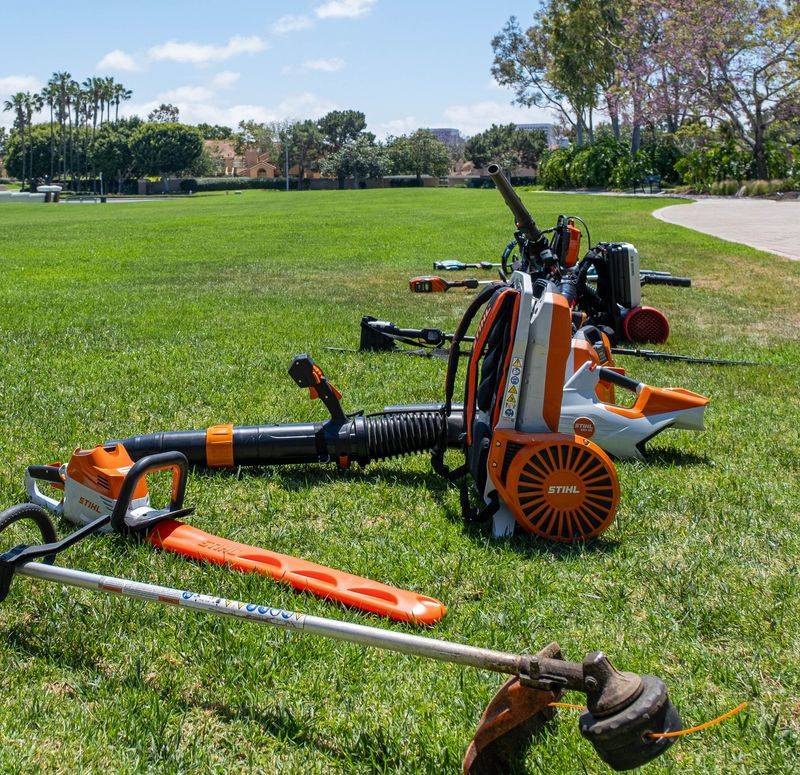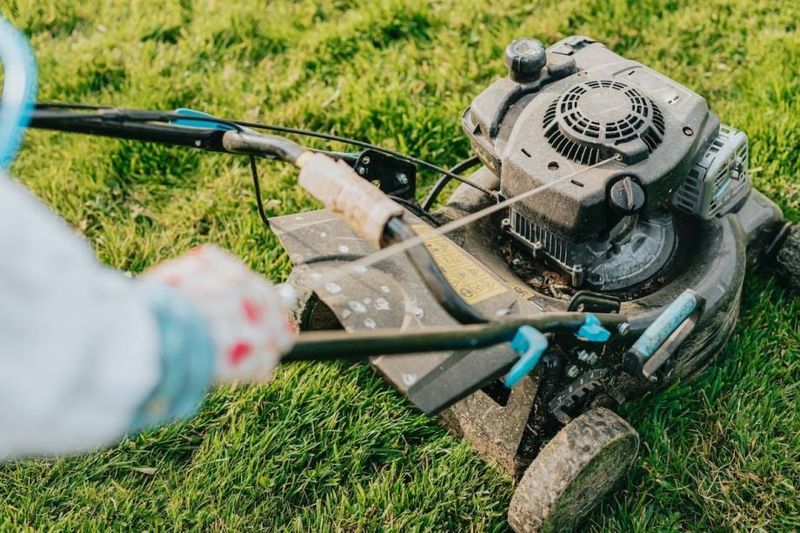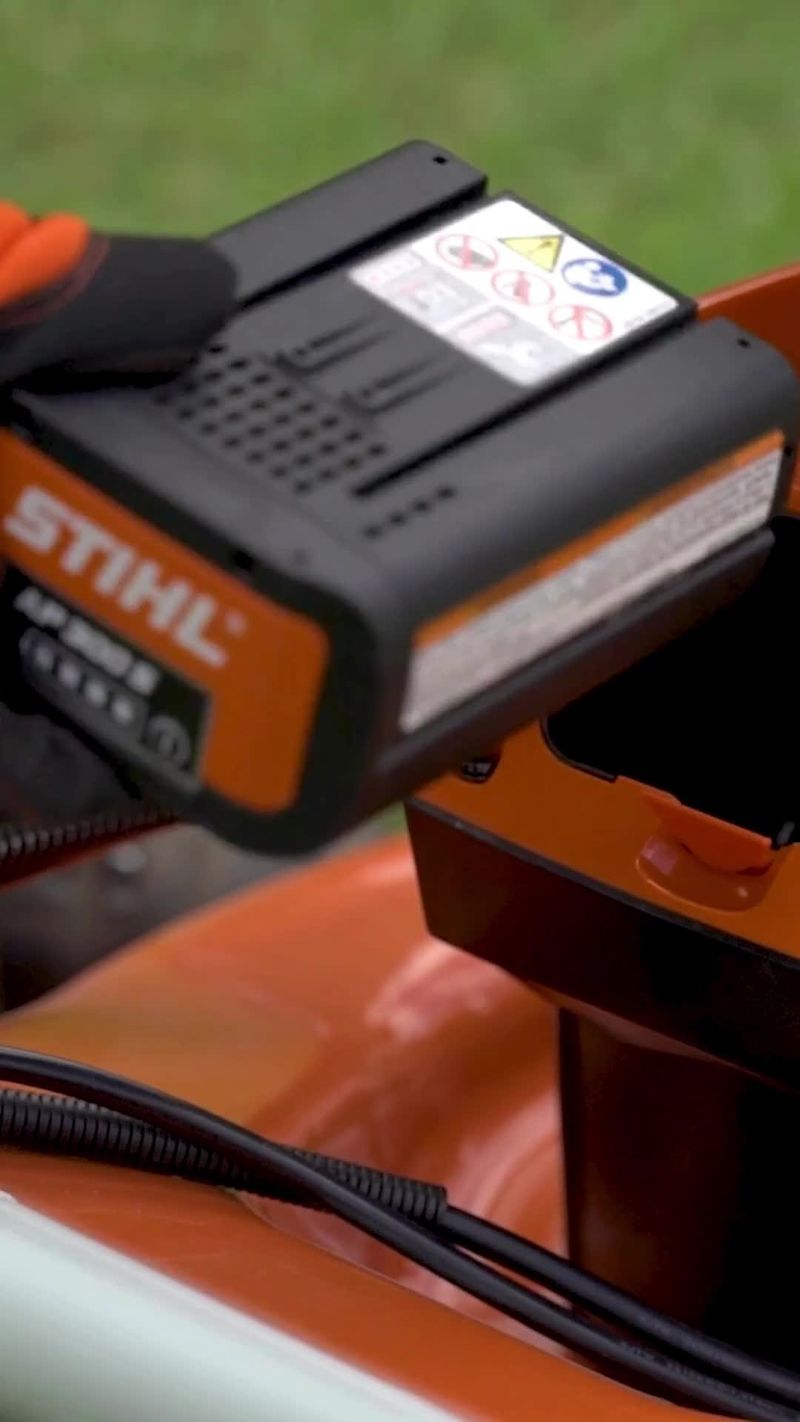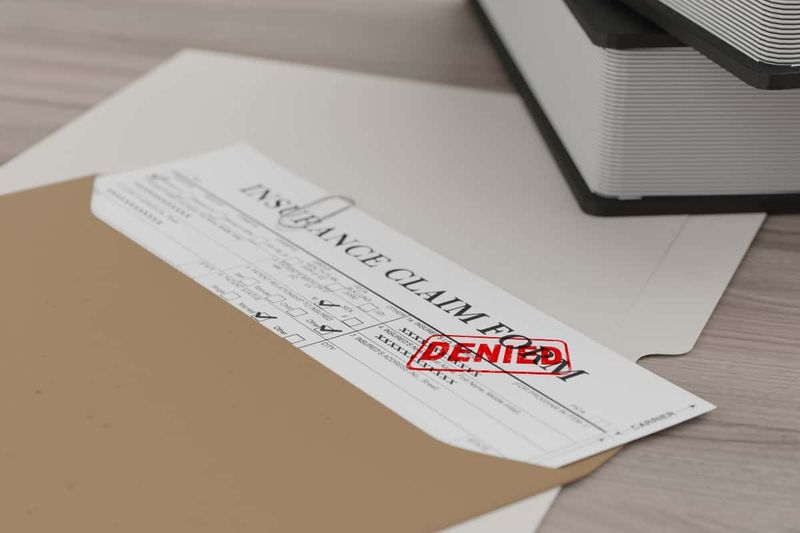Lawn mowers are powerful machines designed with one specific purpose in mind – cutting grass. Yet every year, thousands of people get creative with their mowers, leading to accidents, injuries, and broken equipment. Understanding why these grass-cutting machines should stick to their intended purpose isn’t just about safety – it’s about protecting your investment and keeping your yard looking great.
1. Dangerous Blade Design
Lawn mower blades spin at speeds up to 200 miles per hour and are engineered specifically to slice through grass stems. They aren’t designed with safety features for cutting anything else.
When these blades encounter harder materials like wood or rock, they can throw dangerous projectiles at incredible speeds. The resulting fragments become deadly missiles that can cause serious injuries or property damage.
2. Voided Warranty Nightmares
Manufacturers design their warranties around normal use conditions. The moment you decide to trim your hedges or cut down small trees with your mower, you’re entering warranty-voiding territory.
Service technicians can easily spot signs of misuse. Those telltale scratches and bent components reveal everything. Suddenly, that expensive repair you thought would be covered becomes an out-of-pocket expense that could have been avoided.
3. Engine Strain and Premature Failure
Lawn mower engines operate within specific power parameters meant for grass resistance. When forced to cut denser materials, engines work harder than intended, causing overheating and excessive wear.
This strain dramatically shortens your mower’s lifespan. What should have lasted 8-10 years might fail after just 2-3 seasons of improper use. The resulting repair costs often approach the price of a new machine.
4. Flying Debris Hazards
Grass clippings exit a mower’s discharge chute at controlled speeds and directions. Other materials behave unpredictably, turning ordinary yard waste into dangerous projectiles.
Rocks, sticks, and other debris can shoot out at speeds exceeding 100 mph. Even with safety shields, these projectiles find escape routes, potentially causing serious injuries to people, pets, or property nearby. Emergency room doctors see these preventable injuries every summer weekend.
5. Specialized Cutting Height Settings
Lawn mowers feature height adjustments calibrated specifically for grass varieties. These settings ensure healthy grass growth while preventing scalping or uneven cuts.
When used on non-grass materials, these height settings become meaningless. The mower deck can’t properly position itself for effective cutting of taller or denser vegetation. The result is an inefficient, potentially dangerous operation that damages both the material and the machine.
6. Fuel System Contamination
Cutting non-grass materials creates unusual debris that can infiltrate your mower’s fuel system. Dust and particles from wood, leaves, or garden waste are much finer than grass clippings.
These tiny contaminants bypass air filters more easily, entering the carburetor and fuel lines. Once inside, they cause clogs, poor performance, and eventually complete system failure. What begins as a quick alternative to proper tools ends with expensive repairs.
7. Specialized Alternatives Exist
For every non-grass cutting task, a proper tool already exists. Hedge trimmers, chainsaws, brush cutters, and leaf mulchers are designed with specific safety features for their intended materials.
These specialized tools work more efficiently with less risk. A leaf vacuum can process five times more leaves than a mower in the same time period. Using the right tool not only protects your mower but also completes the job faster and more effectively.
8. Uneven Cutting Results
Lawn mower blades rotate on a horizontal plane, creating their signature even cut across grass. This design fundamentally fails when attempting vertical cutting or tackling irregular surfaces.
The results speak for themselves – jagged edges, torn materials, and unprofessional finishes. Professional landscapers never substitute mowers for proper tools because the quality difference is immediately visible. Your neighbors will notice that botched hedge trimming job done with a mower.
9. Clogging and Discharge Problems
Grass naturally moves through a mower’s discharge system, whether bagging, mulching, or side-discharging. Other materials lack this flow characteristic, leading to frustrating clogs and jams.
Wet leaves, pine needles, and woody material quickly overwhelm discharge chutes. The resulting backups force operators to repeatedly clear clogs, often while the equipment is running – a dangerous practice that leads to many hand injuries annually.
10. Electrical System Damage
Modern mowers contain sophisticated electrical components – from safety switches to computerized fuel management systems. These electronics aren’t shielded against the dust produced when cutting non-grass materials.
Wood dust, in particular, is more conductive than grass particles and can create short circuits. Once moisture combines with this dust, corrosion accelerates rapidly. Electrical repairs rank among the most expensive mower fixes, often costing more than half the price of a new machine.
11. Improper Handling Techniques
Operators naturally develop different handling techniques when attempting to cut non-grass materials. These improvised approaches often involve dangerous practices like tilting the mower or removing safety guards.
Lifting one side of a running mower exposes the spinning blade while compromising the engine’s lubrication system. This not only creates an immediate safety hazard but also causes long-term mechanical damage. Proper tools eliminate these risky handling compromises.
12. Noise Pollution Concerns
Lawn mowers operate at specific decibel levels that communities tolerate during reasonable daytime hours. When forced to cut inappropriate materials, engines strain, dramatically increasing noise output.
This excessive noise can violate local ordinances and disturb neighbors unnecessarily. Many communities have specific noise restrictions, with fines reaching hundreds of dollars for violations. The proper tool for each job typically generates less noise when used correctly.
13. Environmental Impact Concerns
Lawn mowers produce specific emission levels when cutting grass – a calculation manufacturers use for environmental compliance. Cutting denser materials forces engines to work harder, dramatically increasing emissions.
The resulting pollution can be 2-3 times higher than normal operation levels. Small engine emissions already contribute significantly to air pollution in suburban areas. Using specialized, properly tuned equipment for each yard task minimizes your environmental footprint while completing jobs more efficiently.
14. Battery Life Reduction
Electric mowers rely on battery systems designed for the specific resistance of grass. When faced with tougher materials, power consumption spikes dramatically, depleting batteries far faster than normal.
This excessive drain damages battery cells and reduces their overall lifespan. What should last 3-5 years might fail after a single season of misuse. The replacement cost for quality mower batteries often exceeds $100, making proper tool selection an economical choice.
15. Legal Liability Exposure
Using equipment outside manufacturer specifications creates serious liability issues. If an accident occurs while misusing your mower, insurance companies can deny claims based on improper operation.
This liability extends beyond personal injury to property damage claims. If flying debris damages a neighbor’s window or vehicle, you could be personally responsible for all costs. Courts consistently side with manufacturer guidelines in cases involving equipment misuse.

